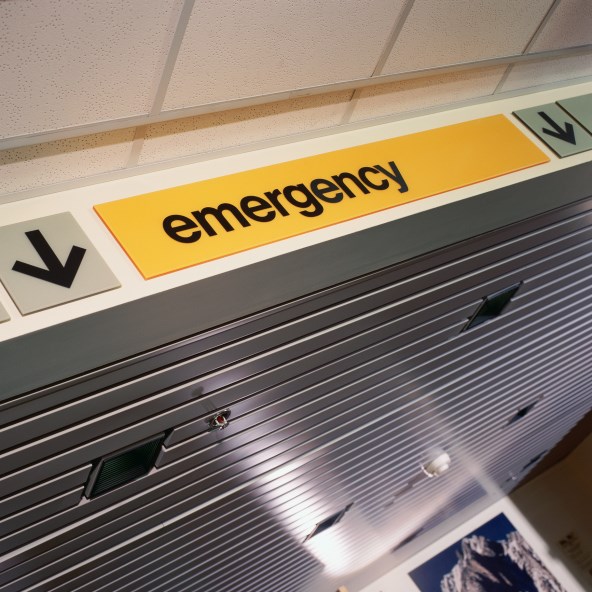Should you go to the emergency department if you cut your thumb? What if you sprain your ankle? What if you’ve got chest pains?
When it comes to making decisions about our own health, natural instinct is to err on the side of caution. But in some cases, we’re ending up in the emergency department when we don’t need to be.
According to figures provided by Alberta Health Services, close to one quarter of emergency department and urgent-care visits could be better addressed at other facilities.
That figure is significantly less at the Sturgeon Community Hospital, where 12 per cent of emergency department visits were “relatively minor” and could have been treated by family physicians or at other clinics instead.
In the 12-month period from March 2014 to February 2015 there were 50,373 visits to the Sturgeon’s emergency department, with 6,187 patients.
For Wendy Tanaka Collins, the site director at the Sturgeon, this figure is not a huge cause for concern because people come to the emergency department for a wide variety of reasons and it’s best to err on the side of caution when emergency health issues are concerned.
“If they feel they need to come here, it’s better for them to come here and be told ‘I’m sending you home,’ as opposed to not coming,” she said, adding the Health Link phone number (1-866-408-5465) is a good resource for people trying to make that decision.
At 10 p.m. when other facilities are closed, for example, speaking to a nurse at Health Link could help patients decide if they need to go into the emergency department or if their issue can wait until the clinic opens the next morning.
Regardless, Tanaka Collins emphasized it doesn’t matter how many people come into the emergency department, patients who need urgent care will always be seen in a timely manner based on their triage score.
When patients are admitted to the department, they are assigned a score from one to five. One is the most severe, including for example patients having a heart attack or who might otherwise need immediate monitoring.
At the other end of the scale is five, which might include a patient who has a cut that has stopped bleeding but might still require stitches.
How long any given patient waits to be treated in the emergency department, then, is largely a function of their triage score compared to the scores of other patients who have been admitted.
“It depends a lot on what else is happening in the department,” Tanaka Collins said. “You can never control what comes into your emergency department at any given time.”
Alberta Health Services encourages patients to consider their options when they need medical attention of any sort, with the help of such services at the website www.albertahealthservices.ca/options and the 24-hour-a-day Health Link phone number at 1-866-408-5465.




